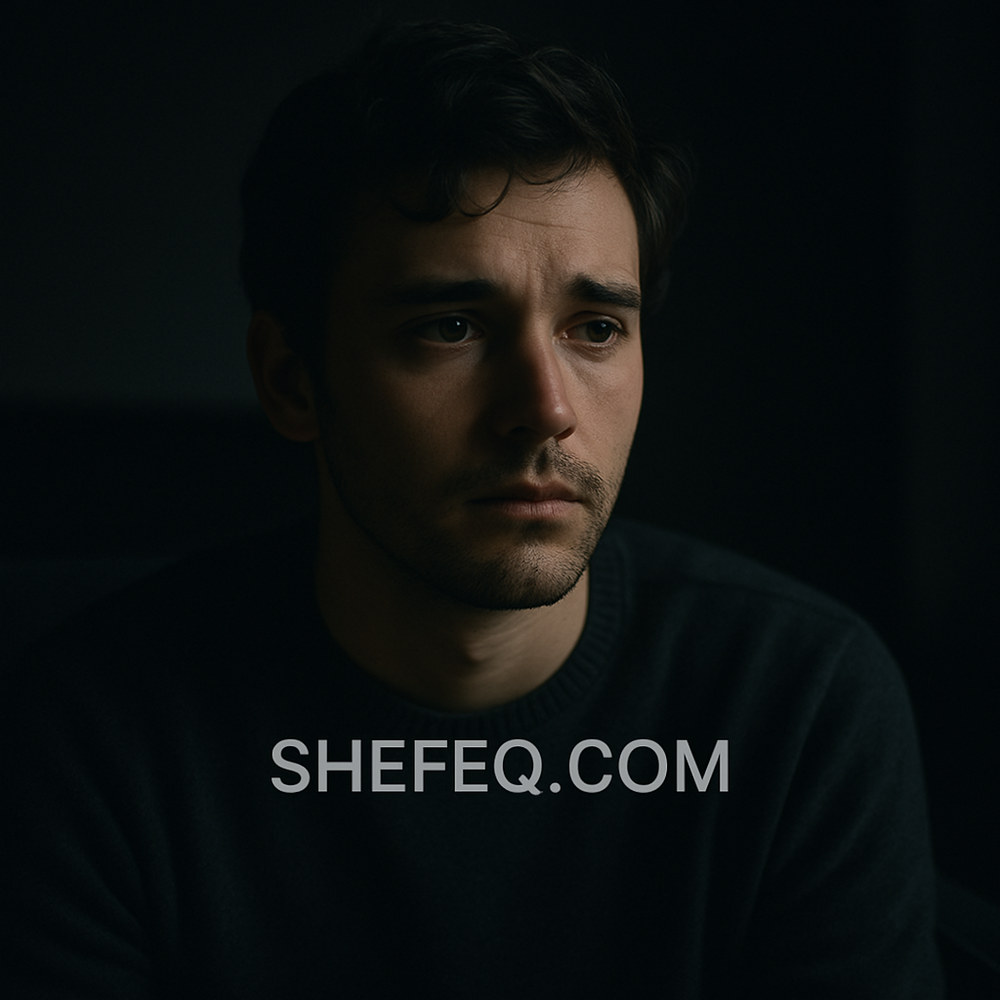INTRODUCTION – UNDERSTANDING WITHOUT WORDS, SPEAKING THROUGH SILENCE
When we think of cinema, most people imagine dialogue, acting, and music. But sometimes the most powerful scene is the one where no one speaks. They just look. They just stand still. And you feel everything.
This article analyzes moments in cinema where silence speaks, where gazes reveal the soul, and where wordless monologues create deep emotional resonance.
I. SILENCE – THE FORGOTTEN LANGUAGE OF ART
Silence has often been used in cinema history as the ultimate expression of emotion. It does not speak. But it:
-
Reveals intention,
-
Makes pain felt,
-
Completes the words left unsaid.
In The Piano, the main character cannot speak. But her eyes, her movements — are a silent monologue that silences language yet makes the soul speak.
II. THE GAZE – THE STRONGEST FORM OF WORDLESS SPEECH
A single gaze can say more than a page of monologue.
The camera closes in. The character doesn’t blink. You watch… and find yourself there.
In A Separation, the final gaze of the female character — she neither speaks nor moves. But inside her, a whole world shifts. And you hear that transformation, not with your ears — but with your heart.
III. SCENES WITHOUT MUSIC OR SPEECH, YET FULL OF MEANING
Some films feature characters in solitude. They don’t speak — they simply exist. But that existence is a scream of silence.
In Cast Away, Tom Hanks’s solo scenes convey panic, despair, and the struggle to survive — without a single spoken word.
IV. THE SILENT MONOLOGUE – THE INNER DREAM OF A CHARACTER
A silent monologue is not always a refusal to speak. It’s the impossibility of speaking. Because:
-
Words are not enough,
-
The soul is tired,
-
The speech happens in the heart, not on the tongue.
In The Road, the unspoken closeness between father and son is not about talking — it’s about seeing to survive.
V. THE AUDIENCE'S CLOSENESS TO THE SCENE IS BUILT THROUGH SILENCE
Silent scenes give the viewer the right to interpret. You project your own feelings onto them. You experience a meaning that was never spoken — but born within you.
A silent monologue is the scene saying to you: “Now it’s your turn to speak.”
VI. THE DIRECTOR’S COURAGE IN USING SILENCE
Silence is risky. The audience might get bored. But true artists take that risk. Because they know — every viewer hears silence in their own unique way.
Andrei Tarkovsky, Ingmar Bergman, Terrence Malick — these directors turned silence not into emptiness, but into a space that speaks.
VII. THE ART OF SILENCE – A MONOLOGUE WITHOUT WORDS
A silent monologue is also the most challenging moment for an actor. There are no lines — but there is emotion. The camera captures everything — the glance, the breath, the trembling...
Scenes without tears, yet bursting with feeling — these are the peaks of silent monologues.
VIII. FINDING ONESELF IN SILENCE – THE VIEWER'S HIDDEN MONOLOGUE
Sometimes silence is so powerful that the viewer begins to speak — inside. Not in words, but in memories, unfinished stories, and lost pieces calling back.
In Roma, in one scene — when the woman stares into the water — life stands still. But something begins within the viewer.
CONCLUSION – FILMS THAT SPEAK WITHOUT SAYING A WORD
The strongest monologues are often silent. The camera watches. The character is quiet. And you — begin to speak inside yourself.
This is no longer cinema.
This is a dialogue of souls.
Silent, yet infinite.

